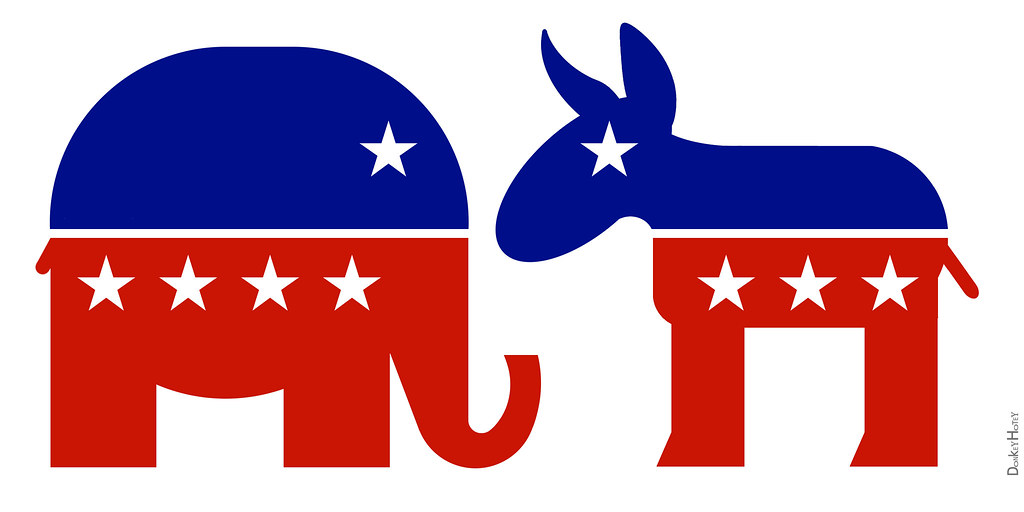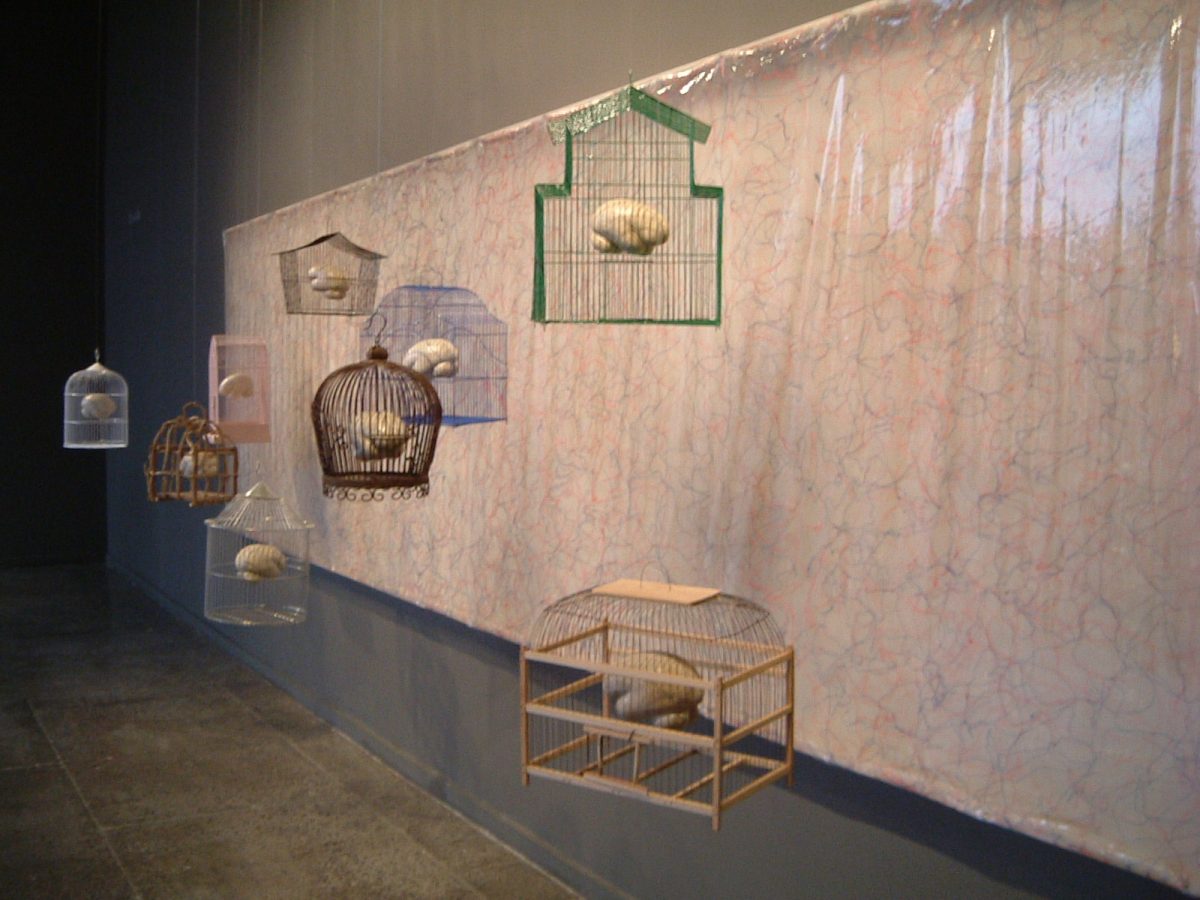When reading about any story about politics, the common image of a donkey and elephant in red and blue with stars is seen. While Uncle Sam is a recognizable figure, the reason behind the elephant and donkey isn’t as commonly known. Surprisingly, both symbols and “Uncle Sam” stem from a famous cartoonist, Thomas Nast.
Thomas Nast revolutionized the future of political satire. Remembered as America’s first wide-spread political cartoonist, Nast tackled the problems America faced from corruption to Reconstruction in his tenure at Harper Weekly from 1862 to 1886. As a child, Nast faced bullying which is further reflected in his work with his kind portrayal of the victim versus the exaggerated depiction of the “bullies” in various situations.
The elephant first emerged in the 1874 cartoon, “Third Term Panic”. At the time, there were rumors spread by a left-leaning newspaper that President Ulysses Grant was going to run for a third term: unconventional but not illegal. Nast was a supporter of the Republican party and Lincoln, and depicted the scene as the Republicans being a large elephant and the newspaper as a donkey hiding under a lion’s skin. While the elephant was loosely associated with the Republican party from the Civil War, the cartoon was one of the first clear connections.
The donkey was first associated with Andrew Jackson’s campaign for president. His opponents depicted him as a donkey in counter campaigns, but instead of shying away from the symbol, Jackson embraced it. His supporters and the Democratic party used it as a way to describe Andrew Jackson as hard-working and ordinary, as opposed to being stubborn and foolish. Thomas Nast adopted this depiction – as more of an insult – in his political cartoons when describing the Democratic party, and since then, the donkey and the Democratic party have been intertwined.
Both symbols started with different meanings but ultimately have defined the two main political parties in the US. Although Nast may have been a harsh cartoonist and the symbols had negative connotations, both parties seem to have rewritten the way the symbols are perceived.










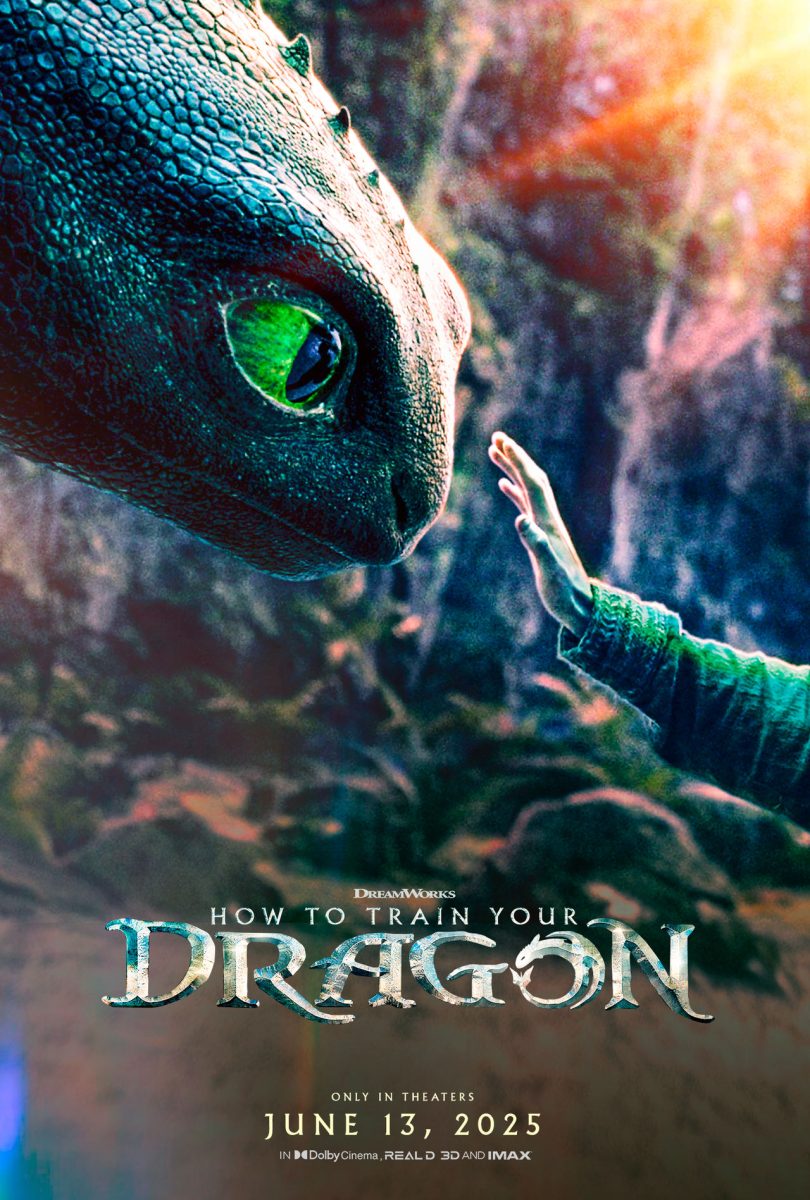

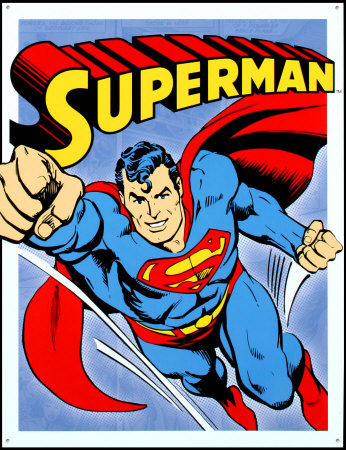
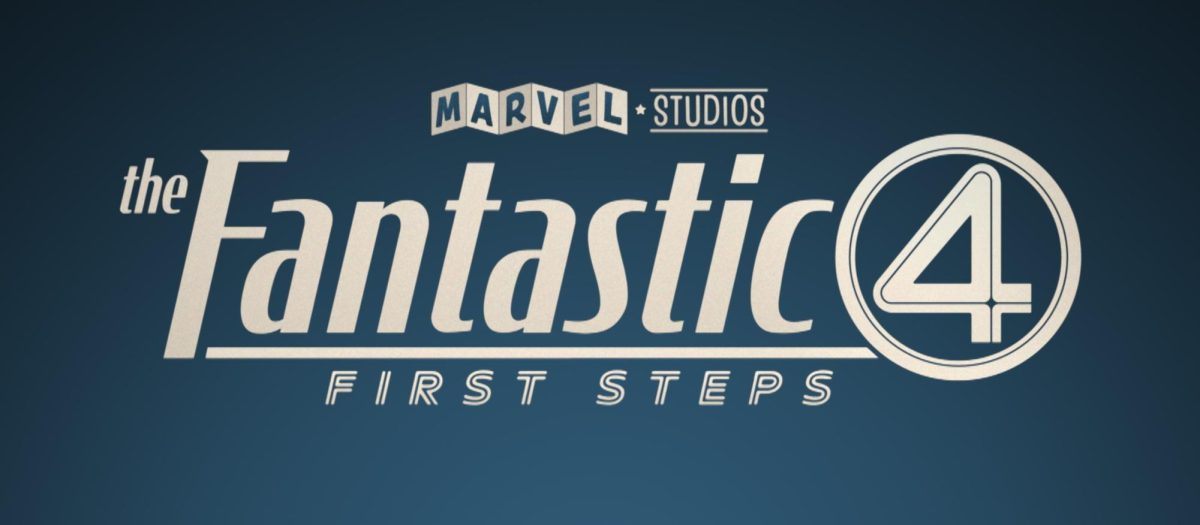











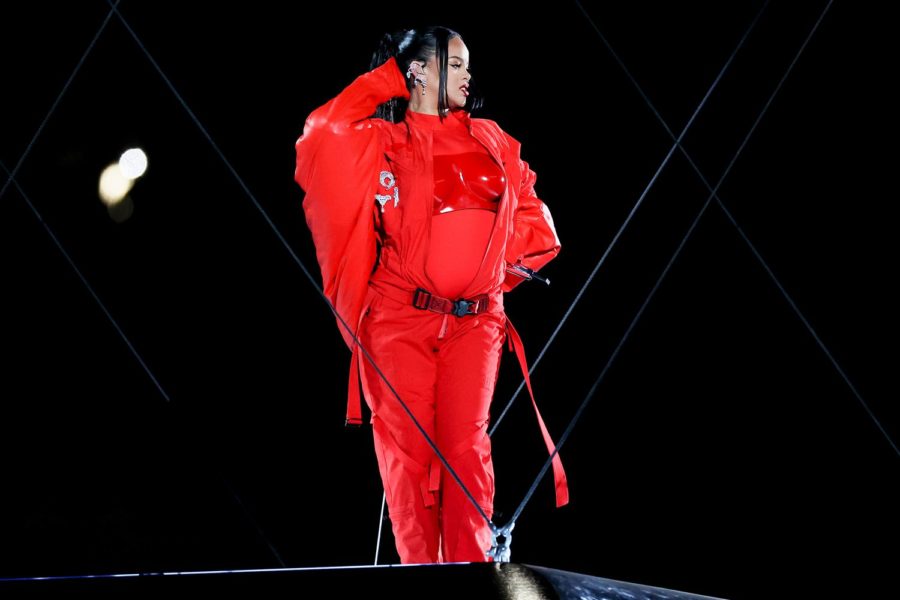





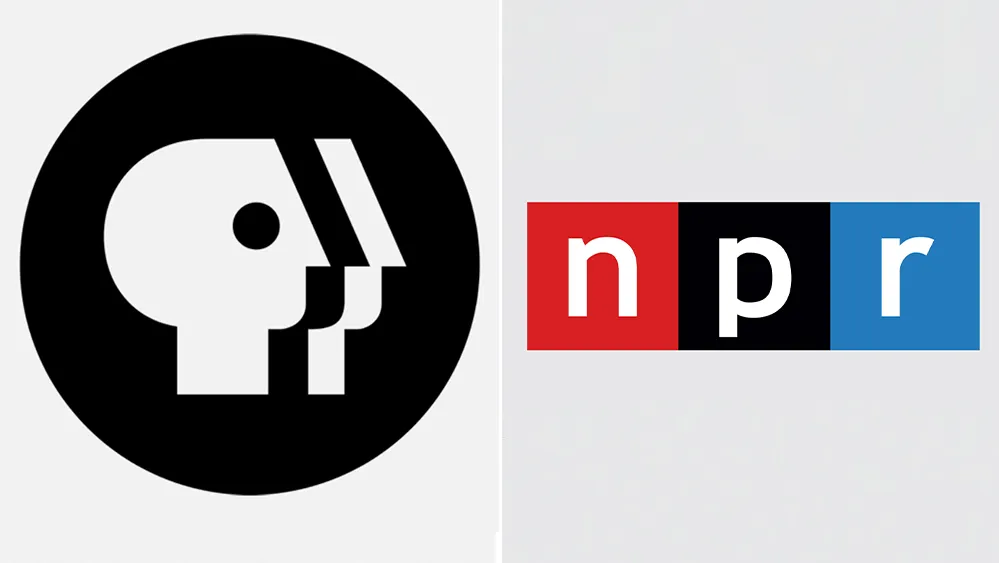




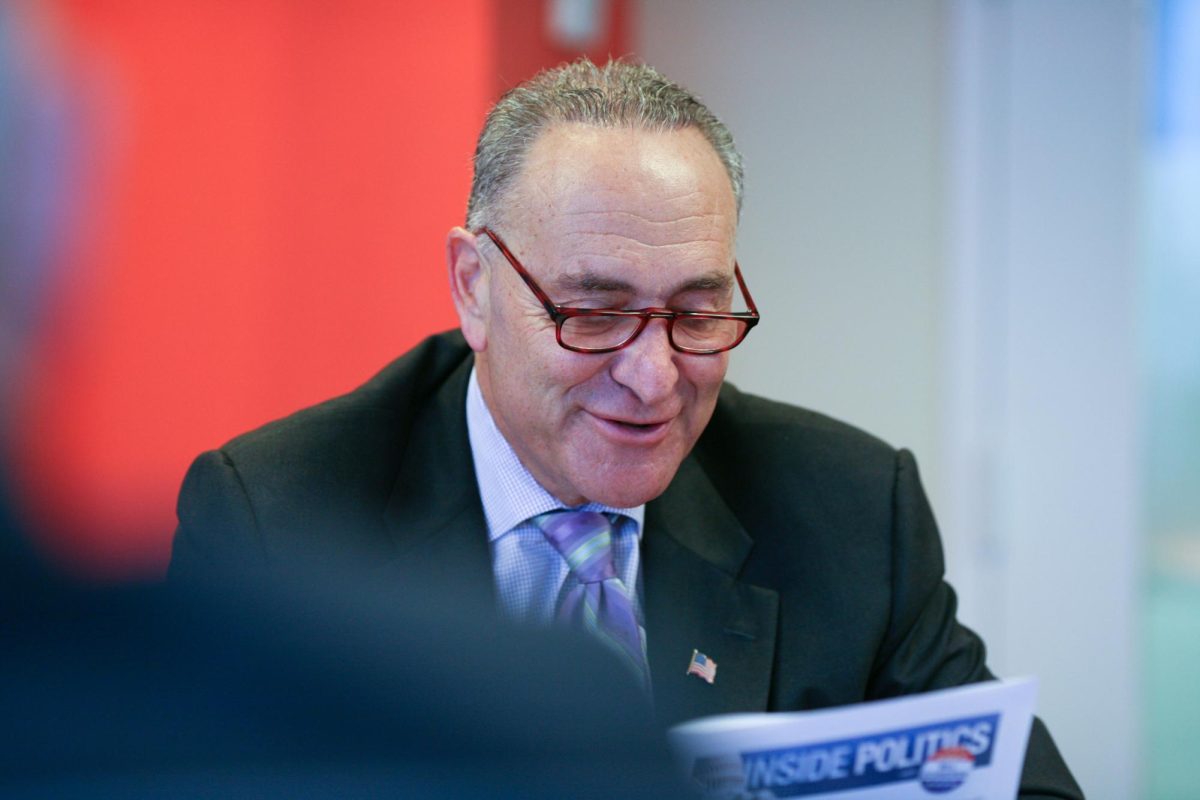
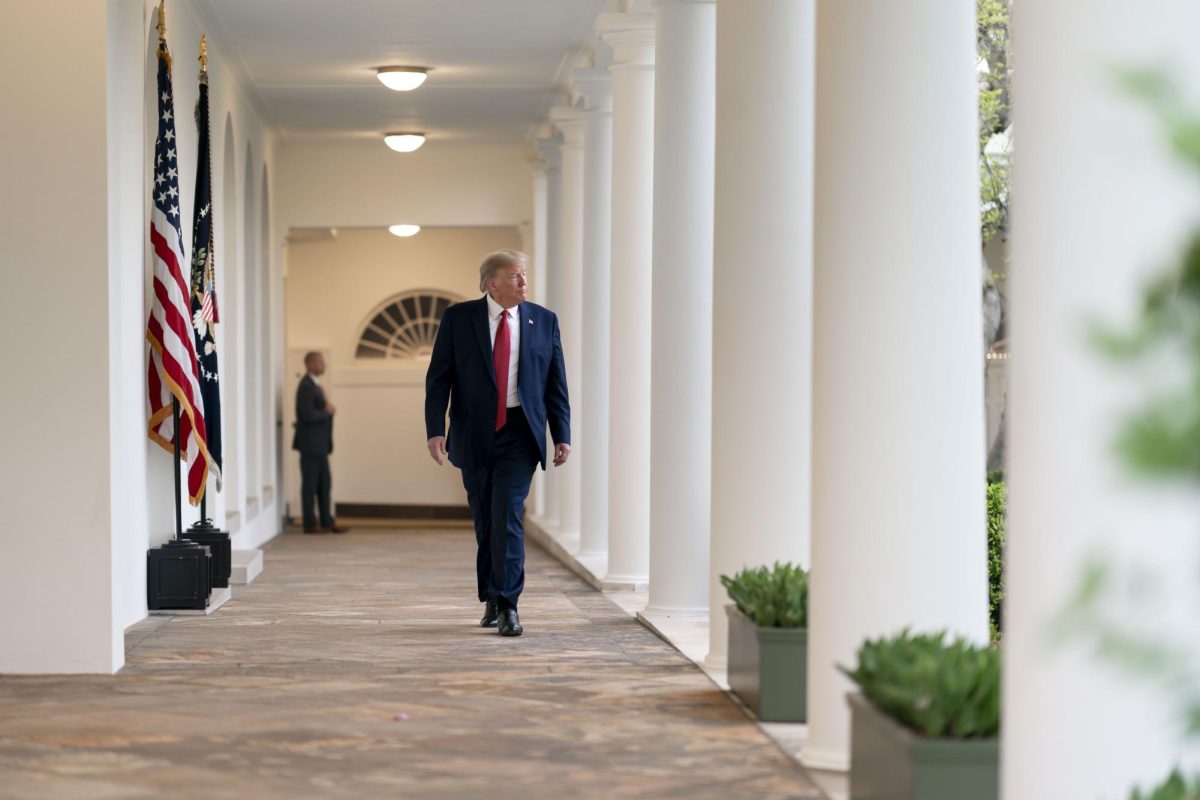



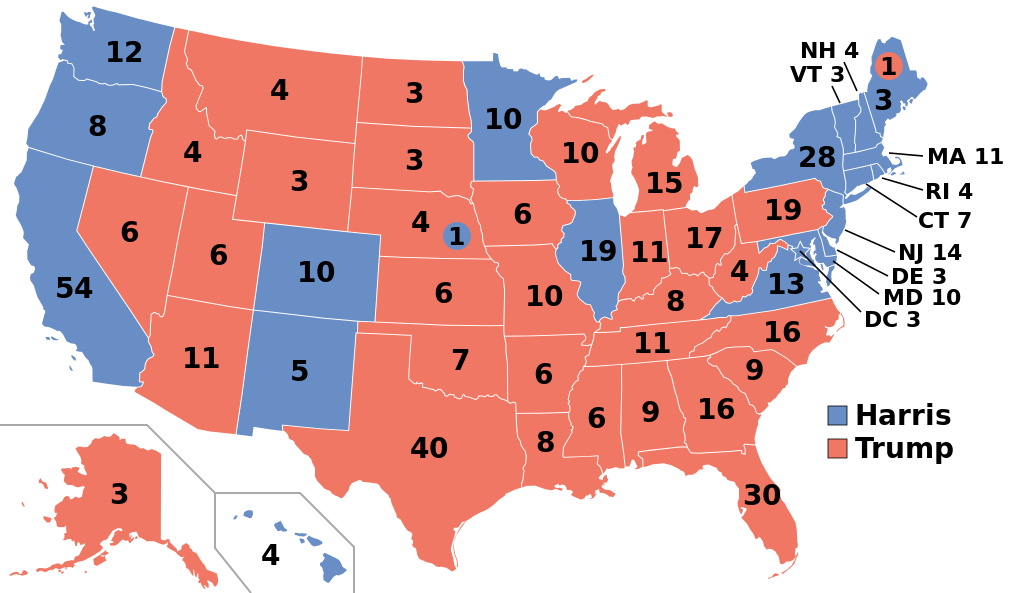
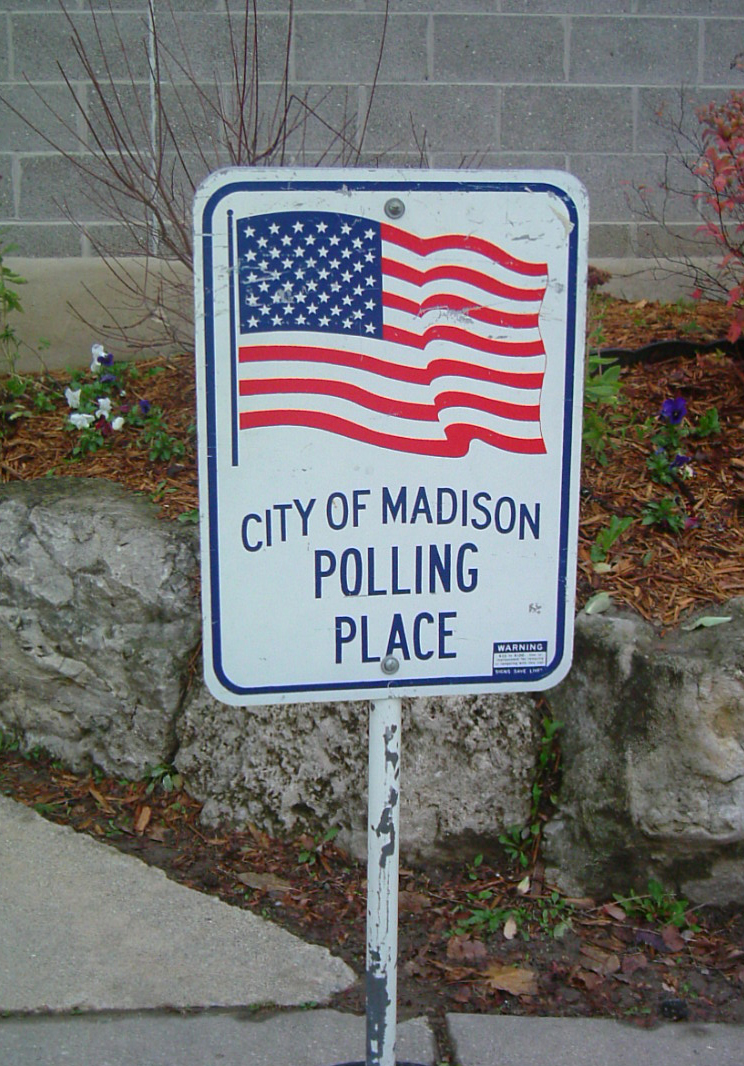





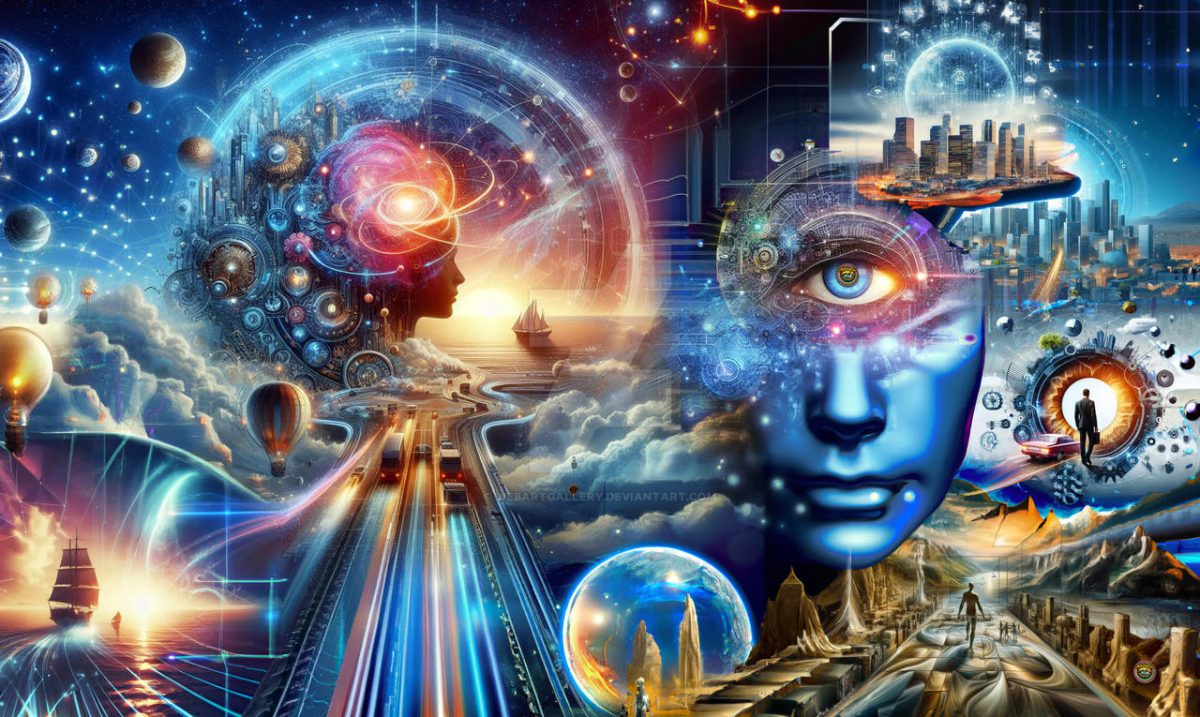
![Image credit to [puamelia]](https://memorialswordandshield.com/wp-content/uploads/2025/08/3435027358_ef87531f0b_o-1200x803.jpg)


